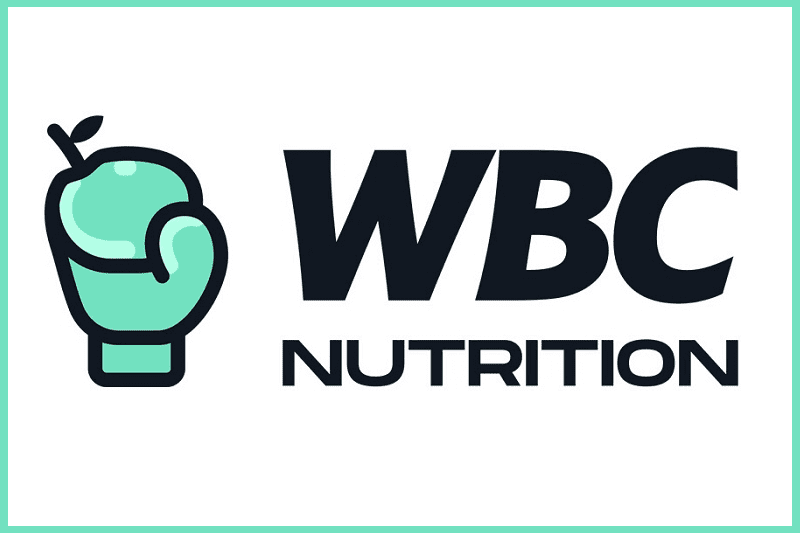Not all eggs are created equally. Manufacturers and chicken farmers have taken steps to enhance eggs’ nutritional properties, spawning an entire industry devoted to improving the dietary quality of the egg.
“Designer” eggs may come from chickens that are allowed to roam freely (free range) or whose feed is supplemented with omega-3 fatty acids. Hens given feed that is free of animal products produce vegetarian eggs, while those given all-organic feed produce organic eggs.
Some chicken feed is enriched with canola oil, bran, kelp, flaxseed, marine algae, fish oil, or vitamin E to increase the eggs’ healthy omega-3 fatty acid content. Certain types of feed are designed to reduce the saturated and total fat content of the egg yolk. Marigold extract has been used to increase the lutein content of eggs.
Beyond nutrition, other specialty eggs use a pasteurization process that heats the egg just enough to kill bacteria without affecting the texture of the raw product.
Keep in mind that, with designer eggs, you generally get designer prices. The good news is that if you prefer organic, vegetarian, or nutrient-enriched eggs, they are widely available on the market. When choosing eggs, check the label and contrast the nutritional content of designer eggs to the profile of the generic egg, which is 213 mg cholesterol, 1.6 g saturated fat, 1 IU vitamin E, and 35-40 mg omega-3s.





